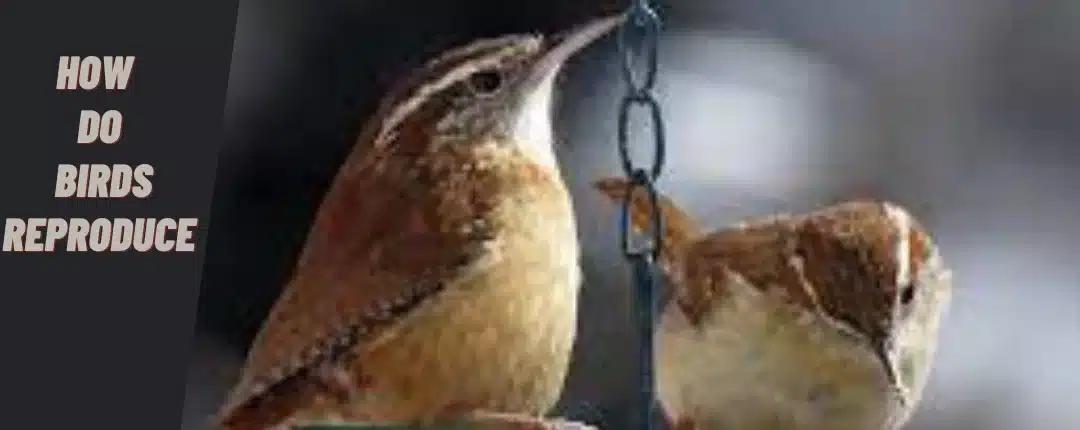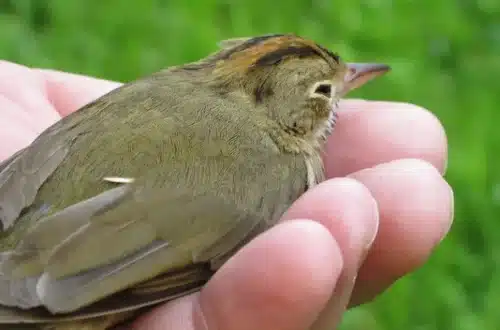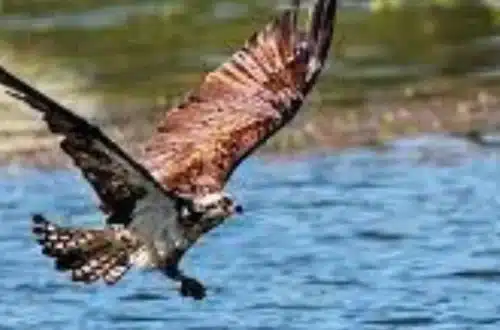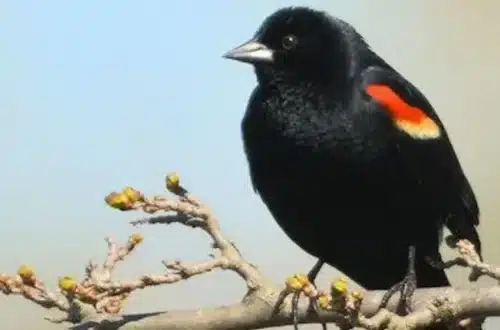The continuation of incredible avian diversity relies on effective reproduction. But how exactly do birds create and incubate eggs, care for helpless chicks, and repeat this cycle year after year? The reproductive process of birds reproduce has evolved fascinating biological adaptations. The mechanics of avian reproduction provide insight into evolution and behaviors.
This article will overview how wild birds mate, lay nutrient-rich eggs, incubate their clutches, feed hungry hatchlings, and work together to fledge and raise the next generation. You’ll gain a newfound appreciation for the natural wonders that allow birds to thrive.
The Marvelous Beginnings: How Do Birds Reproduce
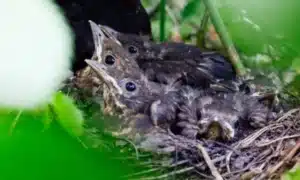
The journey of bird reproduction begins with the intricate dance of courtship, where complicated rituals and vibrant displays serve as the prelude to the creation of life. This initial phase, characterized by elaborate plumage exhibitions and melodic songs, sets the stage for the fascinating process.
As birds transition from courtship to mating, the intricacies of copulation come into play. Unlike mammals, birds lack external genitalia, leading to a unique process where cloacal kisses facilitate the transfer of genetic material. This distinctive method showcases the adaptability and efficiency of avian reproduction, a testament to the marvels of nature.
Fertilization to Egg Formation
Once the union is successful, the female bird begins the remarkable journey of creating life within her. The fertilized egg undergoes a series of transformations within the female’s reproductive system, culminating in forming the iconic avian structure – the egg.
The process of egg formation, scientifically known as oviposition, involves the development of protective layers and the deposition of essential nutrients. The intricacies of this phase, guided by the bird’s instinctual maternal care, highlight the precision and elegance inherent in the reproductive cycle.
The Role of Incubation in Avian Parenthood
With the formation of the egg complete, the next chapter in the avian reproductive saga unfolds – incubation. This critical phase involves carefully regulating temperature and humidity, ensuring the optimal conditions for embryo development within the egg.
Birds exhibit diverse incubation behaviors, with some species sharing responsibilities between both parents. The dedication and precision observed during this period underscore the significance of parental care in the avian world, setting the stage for the emergence of new life.
Spectacle of Birth in the Avian
As the incubation period concludes, the anticipation builds for the momentous event – hatching. Witnessing a hatchling emerge from its egg is a spectacle of nature, symbolizing life’s triumph over the shell’s confines.
The hatching process involves utilizing specialized structures, such as the egg tooth, to facilitate the escape of the newborn. This moment marks the beginning of the bird’s independent journey, guided by instinct and nurtured by the watchful eyes of its parents.
The Dynamics of Avian Families: A Glimpse into Parental Care and Fledging
The responsibilities of parenthood are often shared between both partners. From foraging for food to defending the nest, the collaborative efforts of bird parents highlight the cooperative nature ingrained in their reproductive strategies.
The intricacies of parental partnership vary across species, showcasing a spectrum of behaviors that range from monogamous to polygamous relationships. These dynamics underscore the adaptability of birds in navigating the challenges of raising offspring in diverse environments.
The Gradual Transition to Independence
As the fledging period approaches, young birds undergo a transformative phase that marks their gradual transition to independence. Once a haven of protection, the nest becomes a launching pad for the fledglings as they venture into the world beyond.
Fledging involves a series of developmental milestones, including the growth of flight feathers and the honing of essential survival skills. The watchful eyes of the parents accompany this process, ensuring that the fledglings are well-equipped for the challenges that await them in the vast expanse of the skies.
Conservation and the Future of Avian Reproduction
While the marvels of avian reproduction continue to captivate us, the challenges birds face in the modern world are substantial. Habitat loss, climate change, and human-induced threats pose significant obstacles to the reproductive success of many bird species.
Efforts in conservation play a pivotal role in safeguarding the intricate web of life within the avian realm. We can contribute to preserving the diverse and enchanting world of bird reproduction through habitat restoration, awareness campaigns, and sustainable practices.
The Future of Avian Reproduction
As stewards of the planet, we are responsible for ensuring a future where birds can continue to enchant us with their aerial displays and melodic songs. A harmonious coexistence with nature, rooted in conservation and respect, is essential for the sustained success of avian reproduction.
Bottom Line
The intricate dance of courtship, cloacal kisses, and the marvels of avian reproduction showcase the adaptability and efficiency of nature. From egg formation to incubation, hatching, and collaborative parenting, the journey of How Do Birds Reproduce unfolds with precision and elegance.
As stewards, our responsibility is to ensure a harmonious coexistence, fostering a future where birds continue to enchant us with their aerial wonders, emphasizing the importance of conservation for avian reproduction success.

